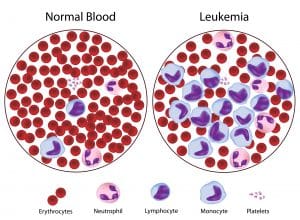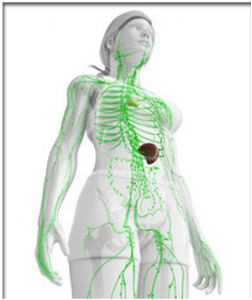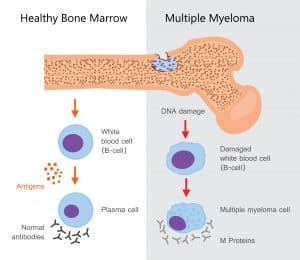September is Blood Cancer Awareness Month

September is Blood Cancer Awareness Month. Blood cancers include leukemias, lymphomas and multiple myeloma. Together these account for approximately 180,000 new cancers each year in the United States and 1.24 million worldwide. There has been dramatic improvement in the treatment and outcomes for most blood cancers in the past two decades. Many of these cancers are more common as someone ages, but some leukemias and lymphomas are fairly common in children.

An estimated 60,650 new cases of leukemia are expected to be diagnosed in the United States in 2022, according to federal statistics. Leukemia is the most common cancer in children younger than 15 years.
There are four major types of leukemia: acute myeloid leukemia (AML), which affects myeloid cells and grows quickly; chronic lymphocytic leukemia (CLL), which affects lymphoid cells and grows slowly; acute lymphoblastic leukemia (ALL), which affects lymphoid cells and grows quickly; and chronic myeloid leukemia (CML), which affects myeloid cells and usually grows slowly at first. AML and CLL are the most common types in adults, and ALL is the most common type in children.

Hodgkin lymphoma is usually marked by the presence of a type of cell called the Reed-Sternberg cell in the lymph nodes. Hodgkin lymphoma may also occur in patients who have acquired immunodeficiency syndrome (AIDS).
Non-Hodgkin lymphoma includes a large, diverse group of cancers of immune system cells. Scientists typically categorize them as either slow-growing or aggressive. The most common types of NHL in adults are diffuse large B-cell lymphoma and follicular lymphoma. An estimated 80,470 people in the United States will be diagnosed with non-Hodgkin lymphoma in 2022, according to the National Cancer Institute.
Both Hodgkin and non-Hodgkin lymphomas can occur in children and adults.

Symptoms may not be present or may be non-specific, such as loss of appetite, bone pain, and fever People may experience: Pain in the back or bones, anemia, fatigue, or loss of appetite. Also common: constipation, hypercalcemia, kidney damage, or weight loss.
REFERENCES:
https://uthealtheasttexas.com/news/blood-cancer-awareness-month
September is Leukemia and Lymphoma Awareness Month
